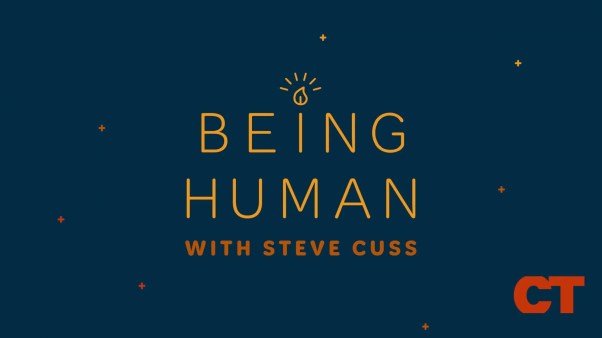One trillion. That’s the popular estimate for the number of pictures taken in 2015, with volume projected to reach 1.3 trillion next year.
We can thank (blame?) camera phones for our obsession with photos. Oh how simple it is to see something, anything, and snap a pic. A few shots from my recent vacation tell the story of a fun week in Arizona; the other two hundred are overkill (according to the looks on my co-workers’ faces after they ask, “How was your trip?” and I respond with, “Here, let me show you.”)
When not on vacation, my role includes frequent visits to public elementary schools and conversations with academic professionals. I’ve developed an appreciation for how well educators know children (and their families). Most students spend 35 or more hours every week at school. Churches would be wise to consider a few easy lessons to observe from local teachers, principals, and the army of others involved with educating, caring for, and yes, loving their communities’ kids.
So what images of school life should attract a church’s focus? Here, let me show you:
Picture 1: Students learn better in groups.
A substantial number of classrooms have abandoned desks in neat rows and now organize them in clusters facing one another or use tables instead. Together, children discover, discuss, and decide as a team how to express what they just learned.
Does your church’s children’s ministry organize kids in this manner, or does it still use a solo-experience approach? These little groups function just fine without an adult sitting in the middle leading the discussion. Yes, we need adults in kids’ ministry. But who should do the talking and processing? And does any element of this approach to education, common from kindergarten through college, deserve consideration for the main worship service?
Picture 2: Families are important.
Schools aggressively value and encourage family engagement—to laugh, learn, and spend time together. How? Look at the swelling number of nighttime, weekend, before-, after-, and during-school activities to which families are invited. And this is in addition to all the extra-curricular activities (sports, clubs, music, arts, and more) for students.
There’s plenty to like about events designed for moms, dads, brothers, sisters, and even grandparents to attend together. Are you planning a family event for your congregation? Check the school calendar first. A church will likely see that many of the most active members also consistently participate in school functions. Is there an opportunity for partnering in this area? (Of course there is, or that question wouldn’t appear!)
Picture 3: Neighborhood life is changing.
This is a significant reason driving pictures 1 and 2. The idea that all children who live on the same street or in close proximity will see one another and interact with one another throughout the week at school is disappearing, and our education system sees it happening. I walked to school with a group of buddies. We played kickball together at recess, and after school we all ran around together getting into trouble. Great times, for sure. (Although I’m glad we didn’t have phone cameras back then.)
Today’s school-of-choice options enable parents to make the best decisions they can for their children’s school experience. Yet what happens to relationships with neighbors who attend somewhere else? The same goes for the decision to homeschool and the growing number of online schools. My point includes no judgment on these options, merely an observation that schools see this and respond with more at-school connection opportunities. Consider what difference is made on your congregation if education choices mean little or no routine interaction with others from your church during the week.
Picture 4: Adult relationships are missing—and eagerly welcomed.
Churches routinely preach about the importance of parents guiding the next generation, but schools must pick up the broken pieces when homes fall apart. Want to know how families are really doing in your area? Visit a school and talk with the principal and/or a social worker. Your congregation has the potential to provide a valuable solution. How? Educators across the country know that a large and growing number of children arrive at school without something vital in their ability to learn and live and thrive. The missing element? A reliable adult relationship.
You will impress teachers and principals when you acknowledge that vast volumes of students don’t have holes in their heads but, rather, suffer from holes in their hearts. And that’s exactly what a church can do something about: provide reliable relationships. Education professionals know that life change takes place when an adult shows up for a student. In fact, given the choice between reliable mentors for kids and large sums of money, backpacks, coats, hats, or mittens, they would select the relationships every time. Thousands of schools now wait for churches to offer solutions for this. Does your church provide what schools truly want and need for their students: love and hope?
Let’s stop at four pictures. Any more might be overkill.
David Staal, serves as CEO of Kids Hope USA. He also mentors a fourth grader, chairs the advisory board for a nearby college, and worked full time for ten years in leadership at Willow Creek Community Church following a corporate career. David is the author of Show Up: Step out of your story and into someone else’s (Dust Jacket Press, 2016) and lives in Grand Haven, Michigan with his wife Becky.








